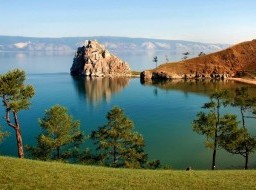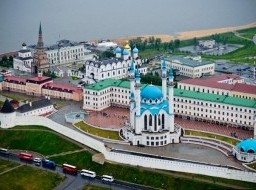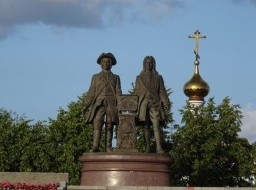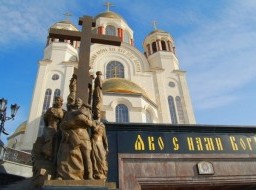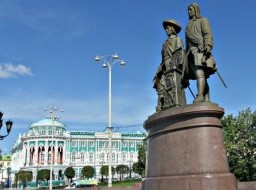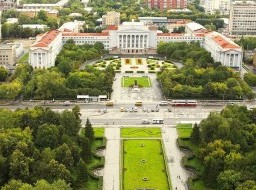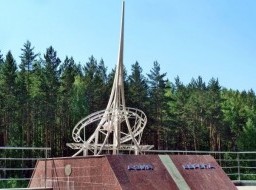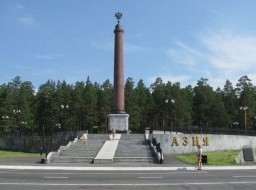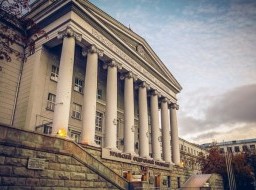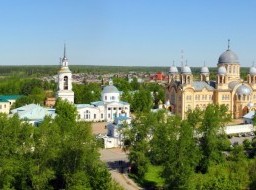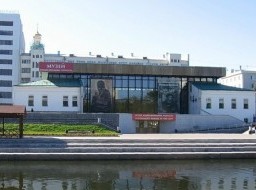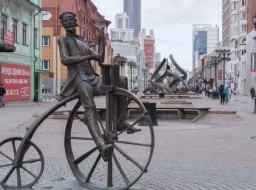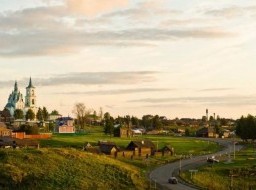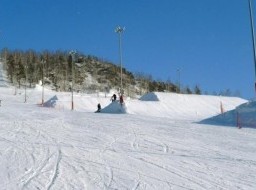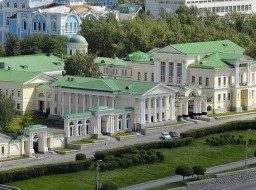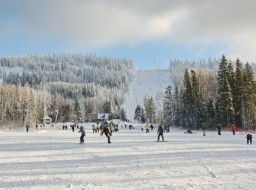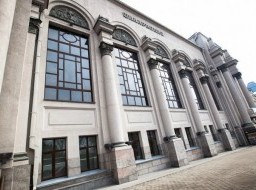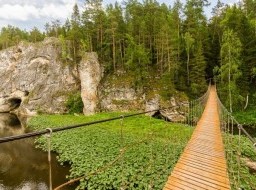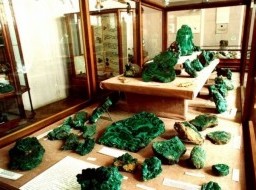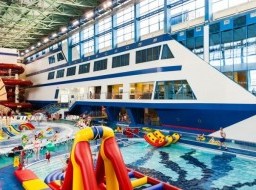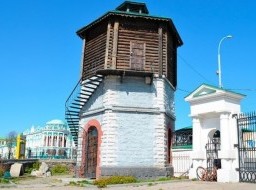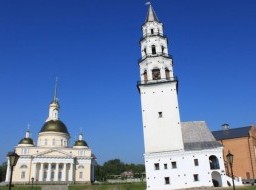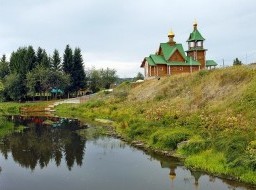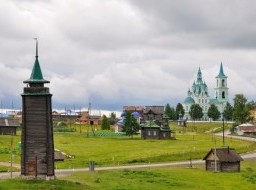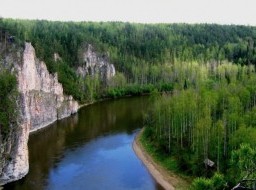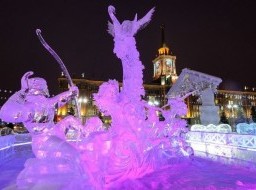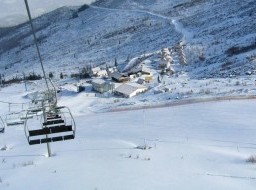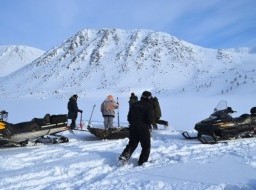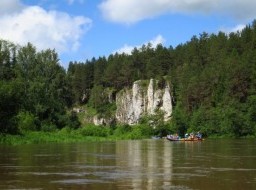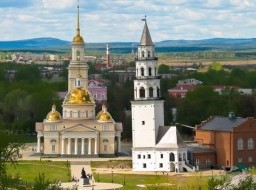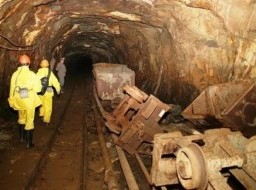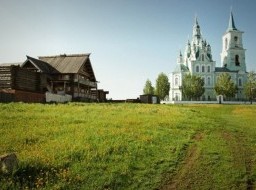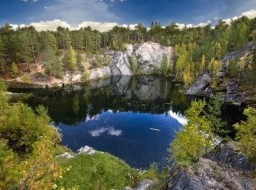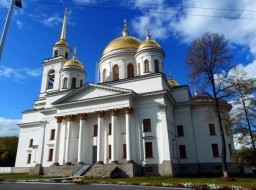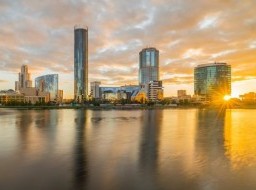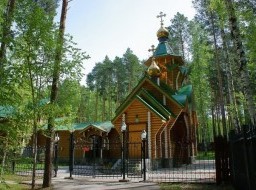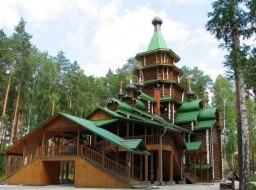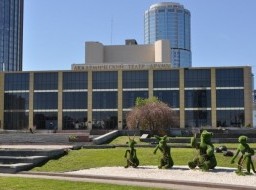Sevastyanov's House
Next to the Residence of the Governor of Sverdlovsk Oblast is the most elegant building in the Urals Region – the Sevastyanov's House. Local official Nikolay Sevastyanov, who made his fortune from mining, bought the house in 1860. In 1863, he commissioned its reconstruction by Alexander Paduchev, a student of architect Malakhov. The experts say that the resulting building was a mix of styles and ages, with elements of the Neo-Baroque, Pseudo-Gothic and Neo-Moorish styles. In Soviet times, the building was home to the regional labour union council. In 2008, the building was restored and today serves as the Ekaterinburg reception house and residence for the President of Russia; international meetings and summits are held here. The house was first mentioned in 1817. It can be seen on the city map issued in 1829. The house changed its owners until 1860 when it was bought by Nikolay Sevastyanov [Russ. Севастьянов; seh-vast-YAH-noff], a rich merchant. Six years later, in 1866, he engaged Aleksandr Paduchev, a local architect, to rebuild the house. Paduchev created a fanciful blend of oriental, baroque, and gothic styles. Sevastyanov began as a civil servant and was responsible for supplying the Russian army with military and other equipment produced in the Ural region. He somehow managed to make big money on that. Though there were all sorts of rumors about how he amassed his fortune, historians have never described him as a war lord. Anyway, his newfound wealth afforded him a comfortable life style. Sevastyanov asked the Russian tsar for a permission to cover the roof of his mansion with gold. He was refused because only church domes were covered with gold in those days. Curiously, Sevastyanov lived in a small wooden house, across the city pond, marveled at his masterpiece every day looking at it out the window or sitting on a bench, and rented his mansion out to other people. In 1880, three years before he died, Sevastyanov sold the house to the local government. The regional court occupied the facilities. In 1914, the building was expanded along the central street. n the Soviet era, for many decades it was home for labor unions. Even now some senior citizens may refer to it as the House of Labor Unions. Since 2009, the Sevastyanov House has served as residence for Russia's presidents. |
|
